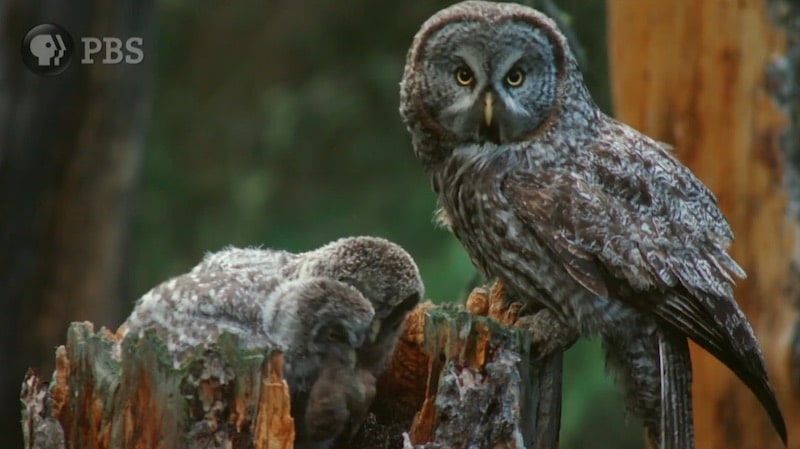
Tonight PBS premieres its new miniseries Great Yellowstone Thaw, a visually stunning event showing wildlife under fire, sometimes literally, in Yellowstone National Park.
This physical landmark is a seismically-active 3,500-square mile sprawl of wilderness that is a collapsed volcano at its core.
The enormous park sits in the western states of Montana, Idaho and mostly in Wyoming, and is replete with canyons, rivers, forests, scalding hot springs, and geysers, including the famous Old Faithful.
It’s also home to hundreds of animal species like coyotes, wolves, Great Gray Owls, bighorn sheep, bears, bison, elk, and antelope.
Host Kirk Johnson serves as our guide as the seasonal temperature changes swing 140 degrees, and the crew’s cameras capture how the various animals go from frigid barren conditions to the blazing summer.
For wildlife to survive in this extraordinary ecosystem, they have to be smart, savvy, and tough, but as the days get longer, a new threat emerges — forest fires.
As resources dwindle, the animals take more risks to forage and hunt for food.
With the extreme swings in temperatures, the animals must uniquely adapt to eat and reproduce despite the biting cold and scorching heat — or their species will perish.
Exacerbating their issues is the human factor, with millions of people visiting the park annually.
In a three-month period in 2015, five people were gored by Bison. In 2016 one man fell into a scalding hot spring.
Then there’s the ever-changing climate on a bigger scale, with Johnson revealing in our exclusive clip how the area has visibly changed just over the course of his lifetime.
He says: “It really makes me think, what’s going to happen next. The animals here have shown an incredible ability to adapt to constant changes in temperatures.
“What will happen if the climate continues to get warmer? No one can say. We do know there will be winners and losers. We can only hope that the wildlife here will continue to thrive.”
Great Yellowstone Thaw airs Wednesdays at 10/9c on PBS.